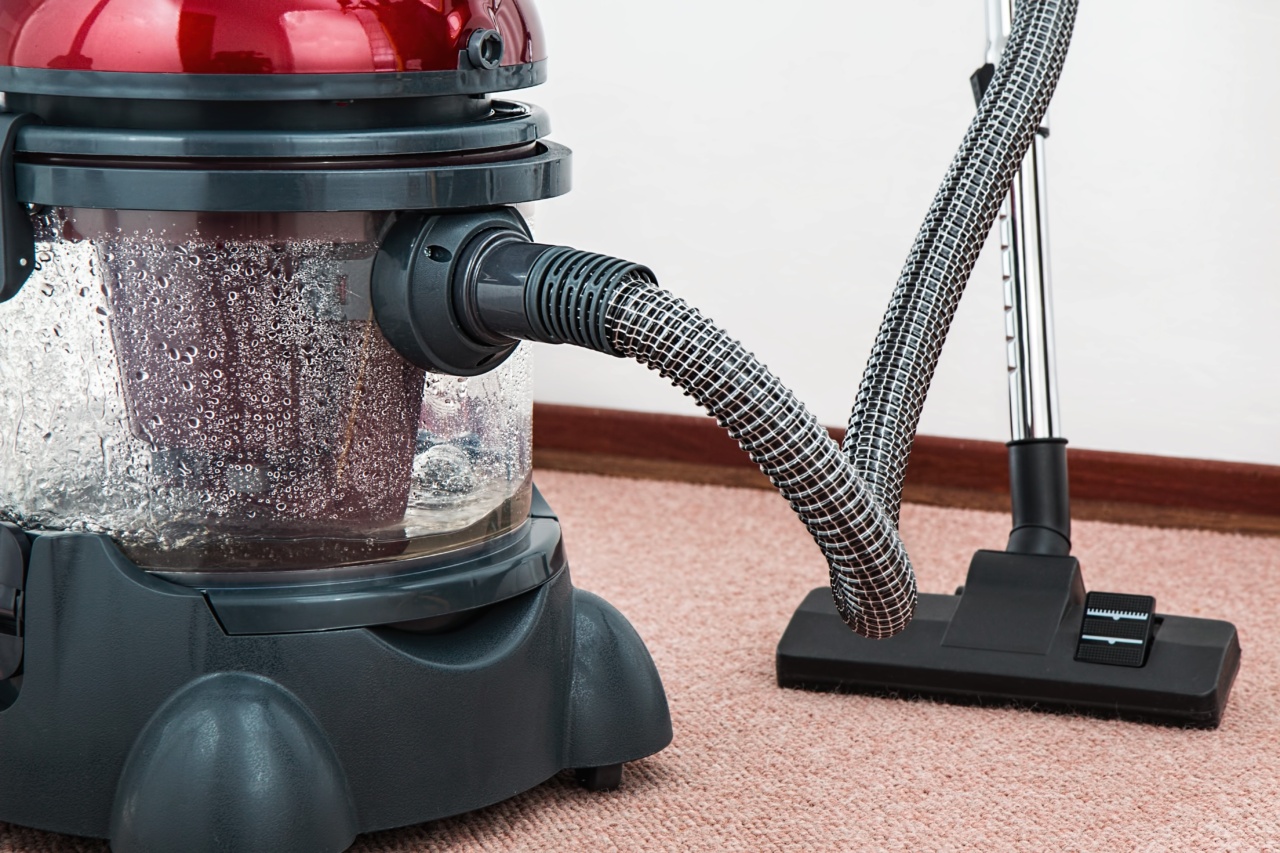Using an electric toothbrush can significantly improve your oral hygiene routine.
These toothbrushes are designed to provide a more thorough cleaning compared to manual toothbrushes, but proper technique is still important to ensure safe and effective cleaning. In this article, we will discuss some tips on how to use an electric toothbrush correctly.
1. Choose the Right Toothbrush
The first step in using an electric toothbrush is to choose the right one for your needs. There are many options available in the market, ranging from basic models to advanced ones with various features such as timers and pressure sensors.
Consider your oral health needs and budget before making a decision.
2. Read the Instructions
Before using your electric toothbrush, it is essential to read the instructions provided by the manufacturer. Each toothbrush may have specific guidelines on how to use it and care for it.
Familiarize yourself with the correct usage instructions to make the most of your electric toothbrush.
3. Wet the Bristles
Before starting, wet the bristles of your electric toothbrush. This will help the toothpaste to adhere better and create a good lather for effective cleaning.
4. Apply Toothpaste
Squeeze a pea-sized amount of toothpaste onto the bristles of your electric toothbrush. Be sure to use a toothpaste that contains fluoride to protect your teeth against cavities and strengthen enamel.
5. Position the Brush
Place the toothbrush bristles against your teeth. Hold it at a slight angle towards the gum line. This will allow the bristles to reach both the tooth and gum surfaces, ensuring a thorough cleaning.
Press lightly to avoid excessive pressure on your teeth and gums.
6. Turn on the Brush
Switch on the electric toothbrush and let it do the work for you. There’s no need to scrub vigorously; simply guide the brush along the surfaces of your teeth.
The vibrations or rotations of the brush head will effectively remove plaque and food particles from your teeth.
7. Spend Enough Time
It is recommended to brush your teeth for at least two minutes, twice a day. Many electric toothbrushes come with built-in timers that will alert you when the recommended time is up.
Make sure to cover all areas of your mouth, including the front, back, and chewing surfaces of your teeth.
8. Don’t Forget the Gumline and Tongue
In addition to brushing your teeth, pay attention to your gumline and tongue as well. Gently move the bristles along the gumline to remove plaque and prevent gum disease.
For your tongue, switch off the brush and use the bristles to gently brush the surface, removing bacteria and freshening your breath.
9. Rinse and Clean the Brush
After brushing, rinse your mouth thoroughly with water to remove any residual toothpaste and debris. Then, remove the brush head from the handle and rinse it under running water.
Clean the brush head and handle periodically according to the manufacturer’s instructions to prevent bacterial buildup.
10. Replace the Brush Head
Over time, the bristles on your electric toothbrush will wear out and become less effective. As a general rule, replace the brush head every three to four months or sooner if the bristles appear frayed.
Using a worn-out brush head will not provide optimal cleaning and may cause damage to your teeth and gums.
Conclusion
Using an electric toothbrush can make a significant difference in your oral health. By choosing the right toothbrush, following proper technique, and regularly replacing the brush head, you can ensure safe and effective cleaning for a healthier smile.
Remember to consult your dentist if you have any specific concerns about using an electric toothbrush.






























